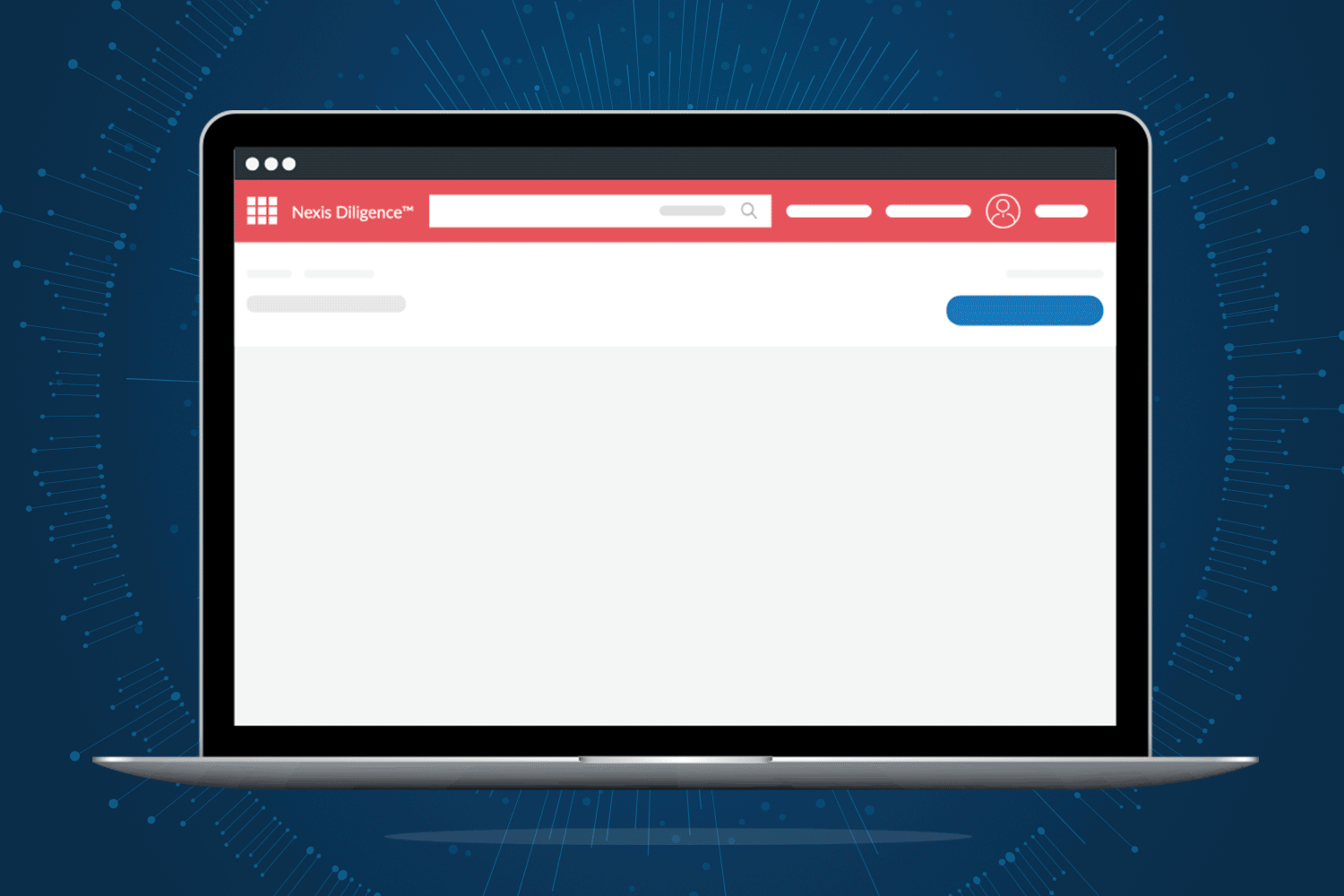Innovation in investment banking has traditionally focused on speed, scale, and quantitative precision. But as genAI gains traction, a new focus is entering the equation: creativity. Creativity is emerging...
Regulatory risk encompasses the potential for financial loss, operational disruption, or reputational harm when an organization fails to meet the requirements of applicable laws, regulations, or internal...
For Partners in investment banking, the real opportunity in genAI lies in accelerating insight, boosting client value, and protecting margin. Generative AI is rapidly becoming a differentiator in financial...
When it comes to the data used for predictive modeling and risk management, you can’t afford to leave anything to chance. Risk managers today have an ever-increasing number of AI applications and risk...
Risk management is paramount to the upkeep and success of a business. To make sure you are staying compliant, you should continuously check all operations for potential pitfalls, like illegal trades or...

Supply stain stability is, well, in short supply. From an economic perspective, COVID-19 might serve as a temporary setback (though only time will tell), but the pandemic has exposed just how easily the supply chain can be disrupted in the wake of certain events. Today, it was COVID-19. Tomorrow, it could just as easily be political turmoil abroad or rolling blackouts in key manufacturing sectors.
And while COVID-19 is by far still the biggest blip on our radars, you wouldn’t have to look very hard to find other major supply chain disruptions we’re currently facing. For example, a semiconductor shortage is slowing—if not outright stopping, in some instances—vehicle manufacturing. Unless the shortage is addressed, it’s only a matter of time before it heavily impacts the electronics market. Meanwhile, energy shortages and skyrocketing prices are forcing China to close factories in some areas and throttle production in others.
The “new normal” for supply chain management
The more global and intricate the supply chain becomes, the more moving pieces and dependencies there are. Which also means more vulnerabilities and weak points. The reality is that a global economy requires such a supply chain—and you can’t always guarantee that every single aspect will stay well-oiled and in peak operating condition. As a result, businesses can only do their best to protect their portion of the supply chain from inevitable disruption on both a large and small scale. So that when the next event comes along that triggers supply chain instability, they can at least mitigate its impact on their ability to provide goods to consumers.
And if you’re ready to rise above recent supply chain instability and better prepare your business for the disruptions yet to come, then Nexis Entity Insight can help you do just that.
How to tackle the rise of supply chain instability and get back to business
Maintaining your own supply chain’s stability takes continuous monitoring. After all, your supply chain doesn’t exist in a vacuum. It interacts with and is a part of the global supply chain. And as we’ve discussed above, the global supply chain’s performance hinges on the political, economic and financial, and regulatory conditions of the world at large.
Nexis Entity Insight continuously monitors for all kinds of risk to your business, in real-time, across a vast collection of global news, market, and industry sources—many of which aren’t available on the open web. It also reviews sanctions and watchlists, politically exposed persons (PEPs) lists, and Experian business data.
Relying on a wealth of data from our unmatched content source universe, Nexis Entity Insight gives you visibility into multiple aspects of your supply chain partners—from the suppliers of raw materials and manufacturers to warehousers and transporters.
The PESTLE analysis framework helps expose risk to your supply chain
Nexis Entity Insight uses a PESTLE analysis framework (People, Economic, Socio-cultural, Technological, Legal, and Environmental) to rapidly identify and alert you to emerging risks. You can set your own trigger-based alerts to notify you of certain findings (say, a potential manufacturing partner fined for child labor law practices) or any other kind of risk you deem relevant to the performance and compliance of your supply chain.
In other words, you can customize your own risk thresholds based on the multiple and diverse factors that could ultimately disrupt your supply chain given the right conditions and developments.
A dashboard designed for supply chain clarity
While enabling ongoing risk monitoring, Nexis Entity Insight also makes it easy to identify issues and potential risks using color coding and data visualizations. Findings are displayed in an easy-to-understand analytics dashboard that delivers a clear view of emerging risks to your supply chain stability. With Nexis Entity Insight, you can also:
- Integrate RSS feeds into internal systems such as CRMs or SCMs to improve risk awareness across the enterprise
- Quickly identify red flags that indicate the need for a due diligence investigation before there’s a negative impact to your supply chain
- Make informed, proactive decisions to protect your supply chain while ensuring it adheres to the ethical standards of regulators, investors, and consumers
Gain a complete view of each and every component your supply chain relies on
The stability of the global supply chain is never a sure thing. What seems like a safe supply chain partner today may not be so safe tomorrow. But with Nexis Entity Insight, you can push back against supply chain instability. Make it easier to continuously monitor for disruptions to your supply chain and take swift, proactive action when needed. Learn more about Nexis Entity Insight here.